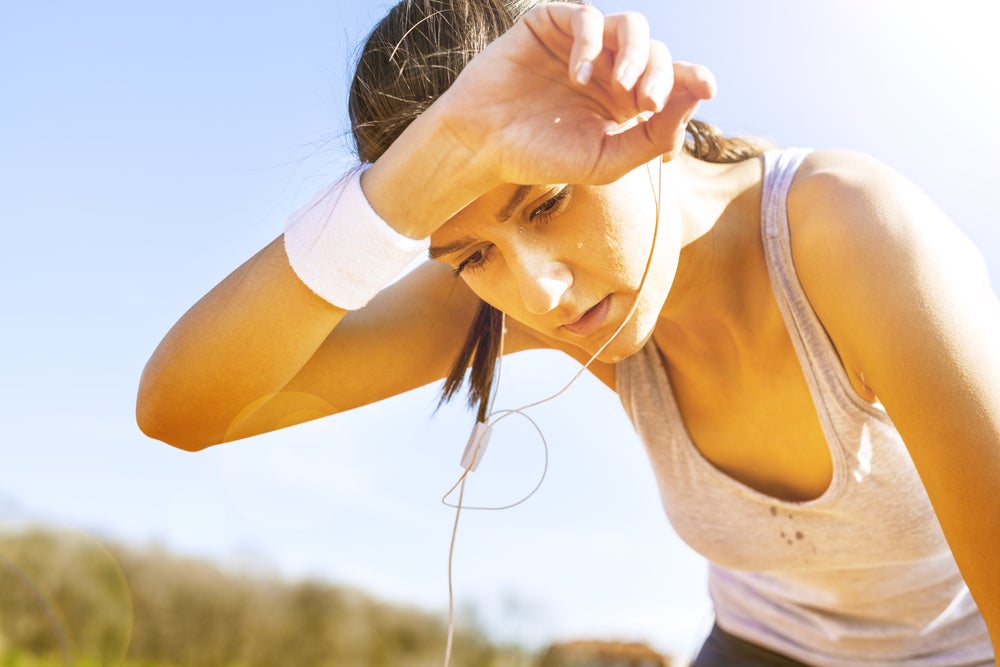Sodium Advice For Triathletes

Photo: <a href=http://shutterstock.com>Shutterstock.com</a>
As we head into months of hotter weather, it’s especially important for triathletes to pay special attention to individual sodium levels when training and racing. The key is to figure out your distinct sweat rate (read on) and replenish your salt stores appropriately. It’s much easier to stay ahead of salt loss rather than try to play catch-up during a race or long workout. Here are five tips for keeping your sodium levels in check:
1. Be sure to include salt in your diet before competition in all distances to maintain blood sodium levels. Serious salt loss leads to low-sodium levels called hypnoatremia. Symptoms range from muscle cramping and swelling of fingers and toes to headache and disorientation. Extreme cases can be life-threatening.
2. Take a minimum of 600-1,000 mg of sodium per hour if you’re female and 800-1200 mg of sodium per hour if you’re male. Aim for the high end of these ranges for longer events.
3. Determine if you are a “salty sweater.” Weigh yourself nude, then go for a 1-hour run without taking in any fluids, then weigh yourself post-run. The difference will tell you how much your body sweats out each hour. “Salty sweater” indicators include salt rings on your clothing; fine, white salt dusting on your body post-workout; and more frequent muscle cramping. If you have a high sweat and/or sodium loss, preload in the days before competition and test higher amounts of sodium intake during training and competition.
4. Practice your fluid and sodium intake amounts in training and adjust for weather conditions.
5. Regardless of your individual rates of sweat and sodium loss, eat salty meals prior to racing in hot-weather events.
New York City sports medicine specialist Jordan D. Metzl, M.D. is a 29-time marathon finisher and 10-time Ironman. His book, The Athlete’s Book of Home Remedies, has more than 1,000 tips to fix all types of injuries and medical conditions.